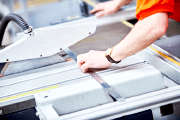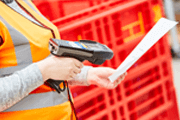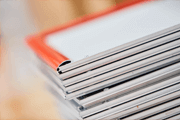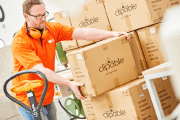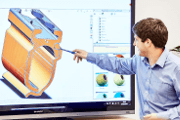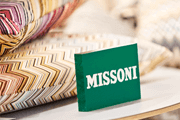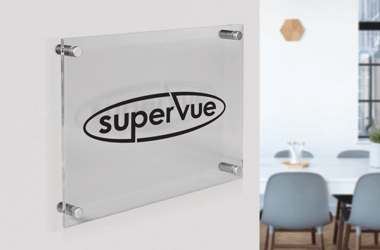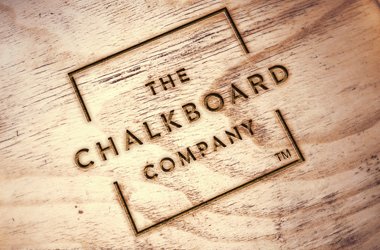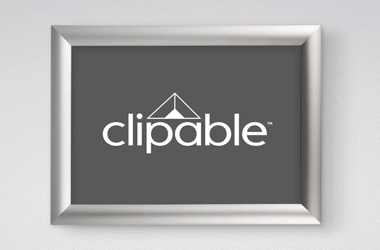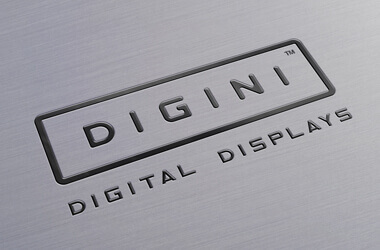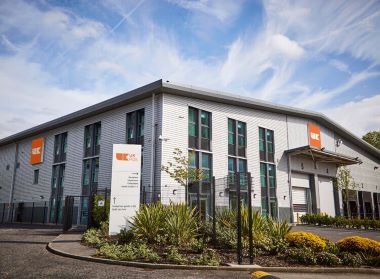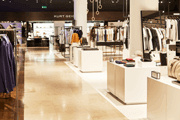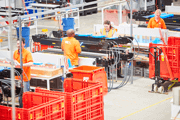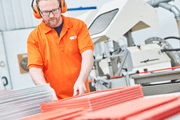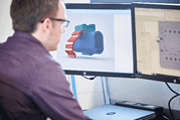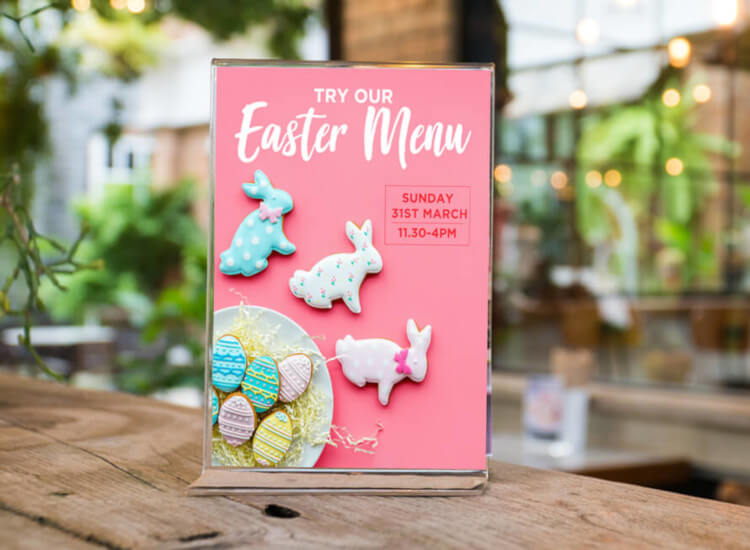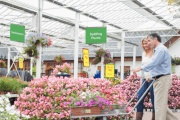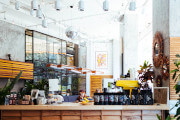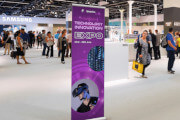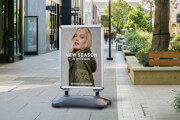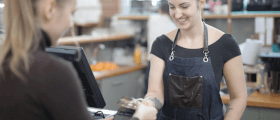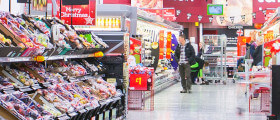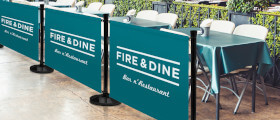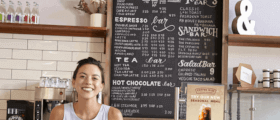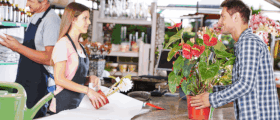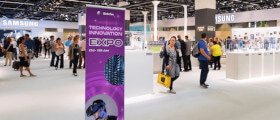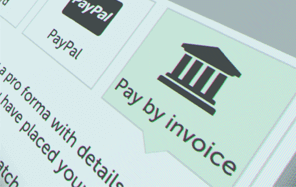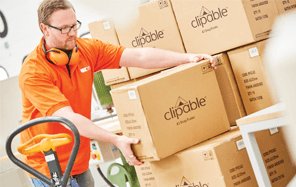How To Increase Customer Spending
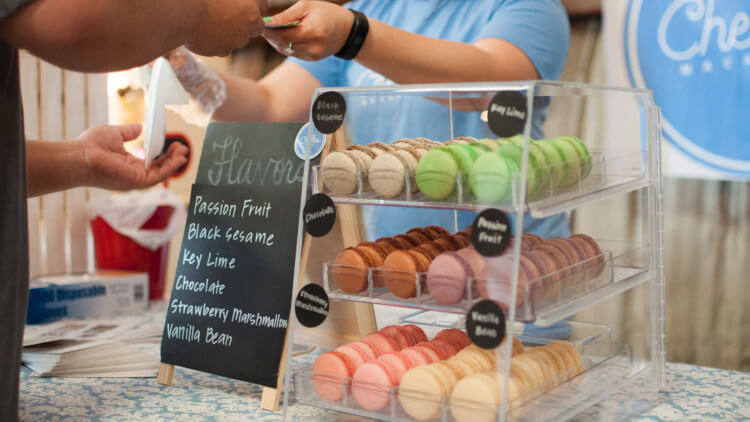
The overall atmosphere and look of a retail store can have a big impact on customer spending. As a business, you will have to think about how the lighting, music, layout and merchandising within your stores is making your customers feel and how to attract customers to buy your product. If your store environment is making your customers feel good, then it is likely that they will stay and make an impulse purchase. Check out the following techniques to increase sales in your store.
In store lighting
Lighting plays a huge role in your retail store environment. You can use it to shine a literal spotlight on the products you want to promote, create an ambience throughout your entire retail space, or draw attention to promotional material.
There are four types of lighting in retail [1]:
- Ambient lighting is the main lighting source in a store, usually the brightest ceiling lights. It is there to provide enough general lighting for customers to be able to navigate around the shop.
- Task lighting is used to provide more lighting in areas of the store that need it, for example: a changing room or checkout area.
- Accent lighting is used to direct attention to a certain area to attract a customer's eye, such as shelving and table displays.
- Decorative lighting is not used to highlight products within a store, it is there to simply add to the shop's decor.
"Lighting has a direct influence on our mood, with 80% of the sensory information the brain receives coming from our eyes." Mihaly Bartha, Head of Lighting at GPStudio (Unibox, 2017)
An eye-tracking study carried out by the Hamburg University of Applied Sciences found that "[p]eople’s eyes were naturally drawn to areas of contrast, rather than the most brightly lit areas and were attracted to areas of blue light more than any other colour" (Unibox, 2017).
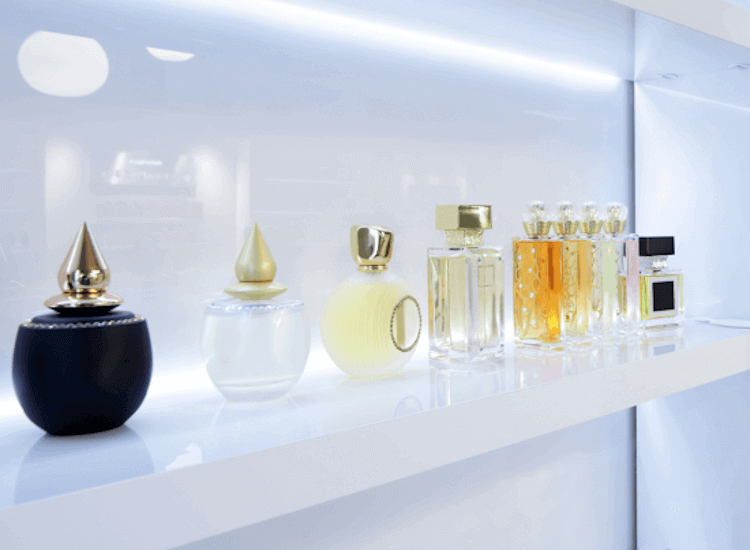
Studies have shown that using dimmed lighting in store can relax customers, which encourages longer browsing. This works well for more expensive stores, where even impulse purchases have to be considered for longer due to the higher cost.
In contrast, using bright lighting in less expensive stores can actually encourage customers to think quickly and buy impulsively.
UK POS has a great variety of products that can use lighting to draw attention to your products or promotions.
-


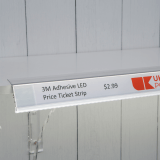
Illuminated Ticket Strip Kit
ITS In stockWas: £97.86 From: £65.49 ex. VATView -
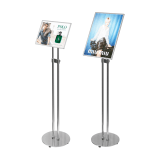
Premium Slim LED Backlit Poster Frame Stand
MBLS In stockFrom: £107.00 ex. VATView -
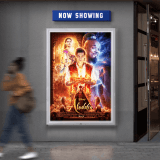
Outdoor LED Illuminated Poster Frame
SLF5 In stockFrom: £427.20 ex. VATView -


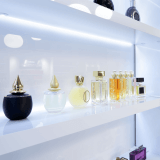
Self Adhesive LED Strip Kit for Under Shelf Lighting
SUL1 In stockWas: £72.03 From: £43.76 ex. VATView
In-store music
The type of music you play in store can be just as defining for your brand as your store design. A new brand that stocks clothing aimed at the younger market would be unlikely to play classical music in store for example, unlike established luxury brands which would be more likely to, as it gives off an air of quality and superiority.
Four out of five small retailers believe that they would damage their business if they stopped playing music, while 99% of retail staff who work in shops that don’t play music say that shops that do play music are more appealing places to shop [2].
The speed or rhythm of the music you play in store has an impact on the behaviour of your customers (LS Retail, 2017).
A high-tempo beat has the effect of making customers move through your shop faster, which can have one of two effects: encourage customers to make a snap purchase decision, or increase the chances of customers leaving the store without making a purchase.
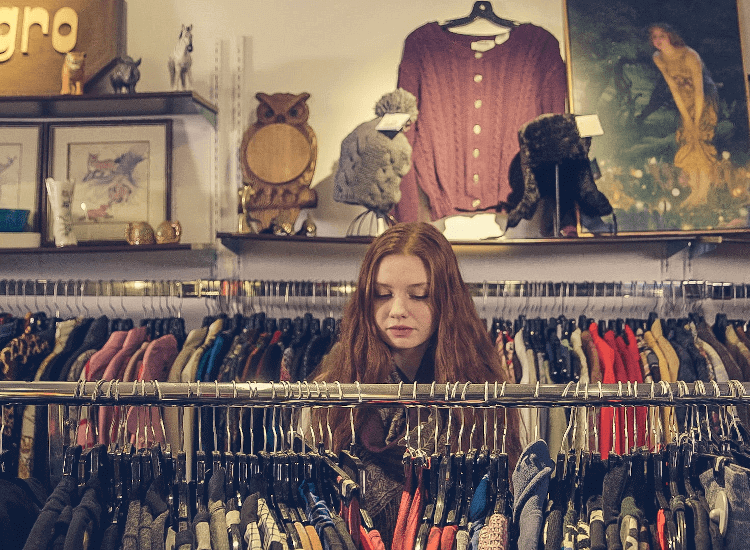
As with lighting, the music you choose should suit the style of your brand. While research has found that classical music can help to boost sales of luxury products, there are other fascinating examples of how music influences our decisions subconsciously. In 1997, a study on the impact of music was published by Nature within a wine store [3]. They found that if French music was playing, customers would buy more French wine, and if German music was playing, they would buy more German wine.
Store layout
The way that your store is laid out has perhaps the biggest impact on your customers’ impulse purchase decisions. Have you ever wondered why fresh fruits and vegetables are always the first products you see in a supermarket? Or why confectionery was traditionally displayed by the checkout? Retailers have carefully-considered reasoning behind these decisions, which is backed by research.
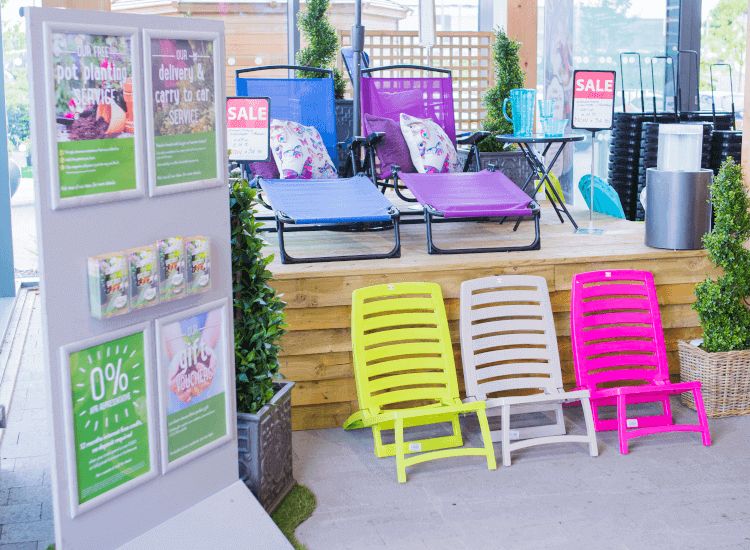
Entering the store
The area that you find yourself in as you enter the store is known as the ‘decompression zone’. This can refer to the foyer or simply the first display that you come across within a shop.
This area is designed to provide a snapshot of what is awaiting customers inside. Fashion stores usually use this area for sales racks.
Supermarkets tend to display large stands of their best deals, which encourage impulse buying and also let customers know that they can find more great deals within the store. Over 90% of people who shop make occasional impulse purchases that they didn’t intend to buy initially [4].
A great way to ensure that customers are open to impulse purchases is to display some of your best offers in the decompression zone of your store. Use posters, overhead banners and large dump bins to display these deals to customers as they enter.
-
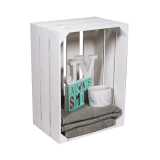
White Wooden Crate
CRTW In stockFrom: £24.77 ex. VATView -

Ceiling Poster Holder with Eyelets
PH3 In stockFrom: £6.24 ex. VATView -
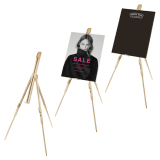
Collapsible Wooden Easel
EASC In stockFrom: £27.00 ex. VATView -
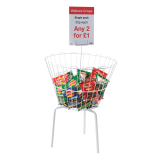
Round Wire Dump Bin
RDB540 In stockFrom: £36.00 ex. VATView
Ends of aisles
Further within your store, you can start to use end of aisle displays to encourage impulse purchases. The ends of aisles are high-footfall areas, as customers have to walk past them to get to the aisle that they want, making any displays in this area very visible.
Price has been shown to be the main driver behind impulse purchases, so this is an area that you will want to focus on within your end of aisle retail displays in order to grab your customers’ attention. It is a great place to showcase slow-moving products, new products and special offers.
Use shelving, display stands or even staffed promotional counters to make your displays stand out to passersby and increase customer spending.
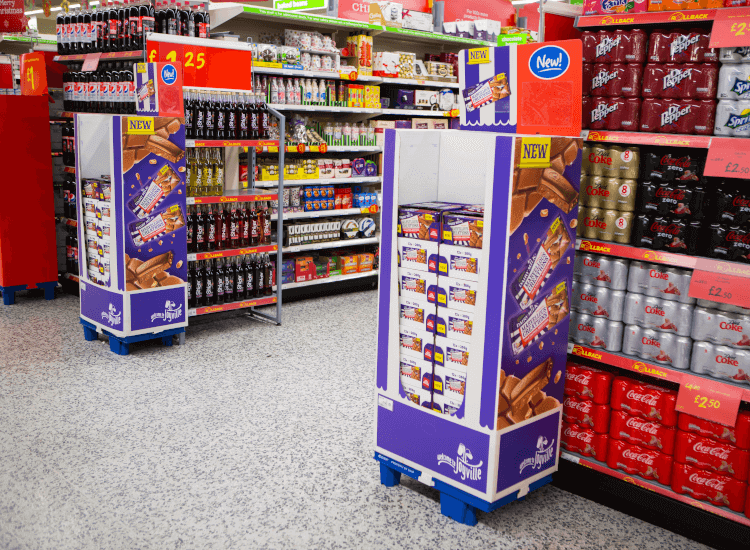
-
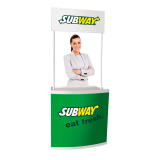
Promotional Counter
PROM02 In stockFrom: £169.00 ex. VATView -
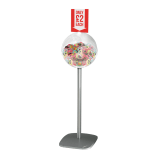
Freestanding Display Sphere
FDSPR In stockFrom: £43.81 ex. VATView -
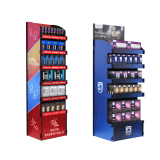
Free Standing Display Unit
FSD In stockFrom: £255.00 ex. VATView -

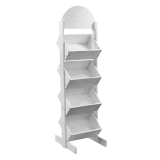
Wooden Crate Display Stand
RHM In stockFrom: £215.17 ex. VATView
Product placement
Larger retailers, such as supermarkets, purposely place essential items including milk, bread and eggs at the furthest end of the store. This ensures that customers have to walk past special offers and down aisles that contain many more products.
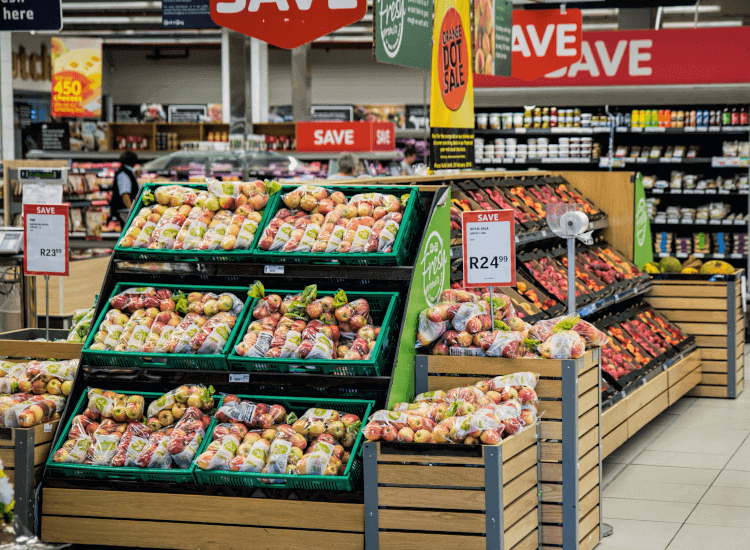
The first thing you usually see when you enter a supermarket is the fresh fruit and vegetable aisles. This is not a coincidence; every part of a supermarket’s layout is designed to encourage impulse purchases.
Displaying fresh produce in wooden crates can conjure up images of farm workers picking and packaging the produce that morning in the minds of customers, suggesting that the produce is very fresh - which may not be the case [5].
Scent marketing
Another way to use your store environment to boost sales is with ‘scent marketing’. Enticing food aromas, aka ‘product scents’, will increase sales in food shops and hospitality venues. Likewise, ‘ambient scents’ can improve customers' perceptions of retail stores, and increase their buying behaviour, too [6].
In-queue merchandising
Grab your customers' attention in the queue. Low value, tempting products, such as sweets in supermarkets or earring packs in fashion stores, are almost always displayed within the queuing system. This tactic for increasing the sales of low value items is especially effective on parents shopping with children, who can be easily persuaded by ‘pester power’ [7].
The placement of your checkout area can also have an impact on impulse sales. Many high street retailers place their checkouts at the back of the store, furthest from the entrance, so that customers have no choice but to walk through the whole store.
This means that they walk past products that they may not have seen otherwise, increasing the chance of an impulse purchase.
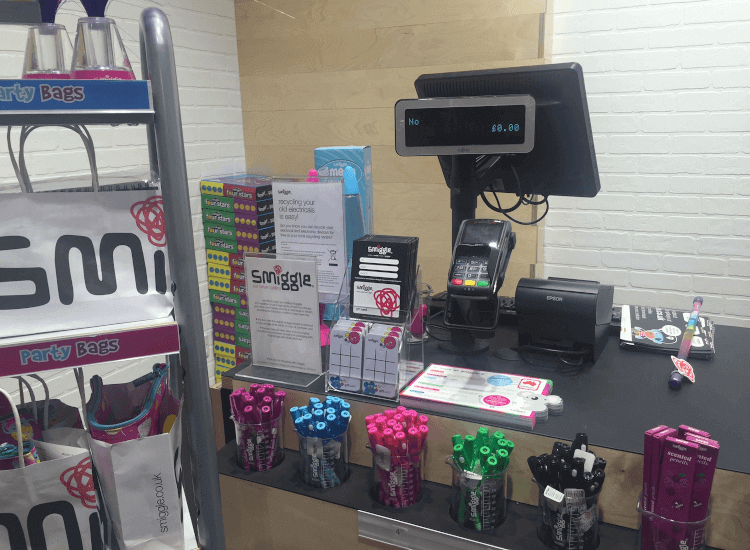
-
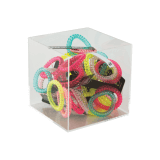
Five Sided Acrylic Display Cube
AQQ In stockFrom: £7.06 ex. VATView -
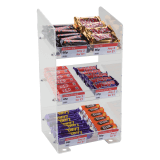
Three Tier Confectionery Acrylic Merchandising Display
CTM02 In stock£65.94 ex. VATView -
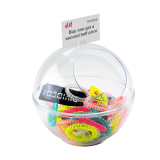
Clear Display Sphere Counter Standing
SPR In stockFrom: £12.97 ex. VATView -
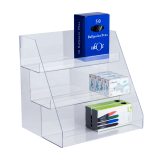
Countertop Acrylic Display Unit
CTM01 In stock£38.90 ex. VATView
References
1. Caine, Sarah, ‘How does lighting affect retail display?’, Unibox, May 2017, retrieved from: https://www.unibox.co.uk/news-inspiration/how-does-lighting-affect-retail-display [accessed Jan 2020].
2. ‘7 reasons why you should play music in your store’, LS Retail, April 2017, retrieved from: https://www.lsretail.com/blog/7-reasons-play-music-store [accessed Jan 2020].
3. North, A., Hargreaves, D. & McKendrick, J, ‘In-store music affects product choice’, Nature 390 (1997), p.132, retrieved from: https://doi.org/10.1038/36484 [accessed Jan 2020].
4. Gaille, Brandon, ‘19 Dramatic Impulse Buying Statistics’, Small Business & Marketing Advice, May 2017, retrieved from: https://brandongaille.com/18-dramatic-impulse-buying-statistics/ [accessed Jan 2020].
5. Greenberg, Melanie, ‘10 Ways Your Supermarket Hijacks Your Brain’, Psychology Today, March 2012, retrieved from: https://www.psychologytoday.com/gb/blog/the-mindful-self-express/201203/10-ways-your-supermarket-hijacks-your-brain [accessed Jan 2020].
6. Keenan, Michael, ‘How Scent Marketing Works for Retail Businesses’, Shopify (November 2021) https://www.shopify.com/uk/retail/scent-marketing.
7. Lawlor and Prothero, ‘Pester power – A battle of wills between children and their parents’ (2011), Journal of Marketing Management, Vol 27, Issue 5-6, pp 561-581.

